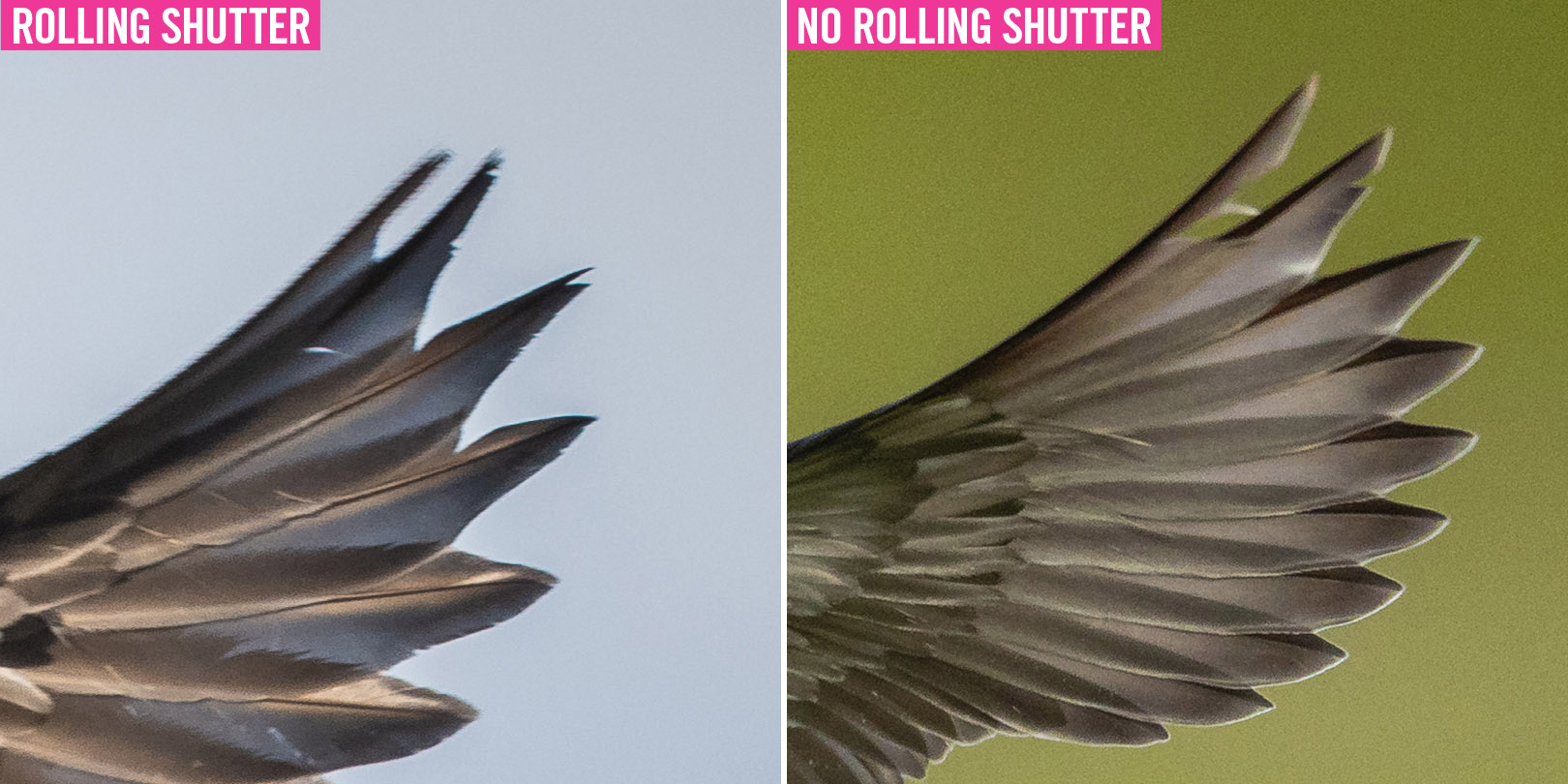
As with most things in photography, there are endless options for every aspect of taking a photo. From camera modes to settings, and file types to frame rates, the list goes on. And with every fresh camera body release, there are new settings to master; the introduction of Canon’s mirrorless cameras, for instance, gave us the ability to select our shutter mode.
The best Canon cameras have a wealth of settings, but these are different between DSLRs and the EOS R mirrorless system. DSLRs saw the arrival of the ‘silent’ shutter mode, which wasn’t an accurate description because it only slowed and prolonged the mirror slap and shutter clack, but with Canon’s EOS mirrorless, we can opt for truly silent shooting, as there is no mirror to slap and the shutter mode can be changed.
The electronic shutter on an EOS R5, for example, allows for completely quiet photography, ideal for keeping a low profile at weddings or when shooting wildlife. It also enables the fastest burst rate. In this project, we look at shutter modes in more detail.
1. Mechanical shutter (MS)
The mechanical focal plane shutter in Drew’s EOS R5 is largely the same as in his older EOS 5D Mark IV DSLR. Light rays enter from the lens and converge to hit the sensor. The shutter sits in front of the sensor and is made up of two curtains that travel down the frame.

Before a photo is taken, the first curtain covers the sensor, and when the shutter is fired, the curtain drops, exposing the sensor to light. The second curtain then covers the sensor and finishes the exposure. The shutter speed determines the interval between the two curtains exposing and covering the sensor. The mechanical shutter can create internal vibrations that could introduce blur at slower shutter speeds or close-up macro.
2. Electronic shutter (ES)
An electronic shutter has no moving parts. Instead, it effectively turns the sensor on and off to capture the image by scanning the scene, line by line, and rendering the frame from the top down to the bottom. Because of this, the top of the frame is exposed – or fixed – on to the image for longer than the rest of the frame below.

So, you may see odd things happening in images when shooting moving objects, such as the bending of elements like trees or lampposts. This is called a rolling shutter (see right) and can also be seen in videos. But electronic shutters allow for completely silent operation, ideal for skittish wildlife or keeping a low profile at a wedding. They also enable the fastest burst mode of 20fps on Drew’s Canon EOS R5.
The best camera deals, reviews, product advice, and unmissable photography news, direct to your inbox!
3. Electronic 1st Curtain Shutter (EFCS)
The electronic 1st curtain option is like a halfway house. The first curtain is open prior to the exposure and starts recording the light when the shutter button is pressed, but the length of exposure is controlled mechanically by the physical second curtain. This helps curb shutter shock at the beginning of the exposure.

It also allows for a slower shutter speed than the electronic shutter, which can only go as slow as 1/2 sec. You can also sync flash at 1/250 sec, higher than mechanical mode’s 1/200 sec. It’s not as loud as mechanical mode, nor does it cause as much internal vibration; 14-bit files are also enabled.
The verdict: Which shutter mode is best?
There’s always going to be a compromise depending on the scenario. For instance, for a wedding in a quiet church, the electronic shutter is ideal as it’s silent. However, if the venue uses artificial light, this mode could produce unsightly banding.

Alternatively, if panning race cars at a track, using an electronic shutter enables the faster max burst rate of 20fps on an EOS R5, but due to the rolling shutter effect, any trackside furniture or fences in the background may appear slanted. So, mechanical shutter seems to be the best compromise mode, but it also has downsides, such as a slower frame rate, noise, and more wear on the mechanical moving parts. You pays your money, you make your choice!
PhotoPlus: The Canon Magazine is the world's only monthly newsstand title that's 100% devoted to Canon, so you can be sure the magazine is completely relevant to your system.
These are the best Canon lenses and 50 Canon camera tips. You might also like the best photo editing software and the best photo-editing laptops.
PhotoPlus: The Canon Magazine is the world’s only 100% Canon-focused title on the newsstand. Launched in 2007, for 14 years it has delivered news, reviews, buying guides, features, inspirational projects and tutorials on cameras, lenses, tripods, gimbals, filters, lighting and all manner of photography equipment.
Aimed squarely at enthusiast photographers who use the Canon DSLR or mirrorless camera systems, all content is tailored to Canon users – so everything from techniques to product tests are tailored to those using the EOS camera system.
Editor Peter Travers brings 14 years of experience as both a journalist and professional photographer, with Technique Editor Dan Mold shoring up the magazine with his 6 years of expertise.






